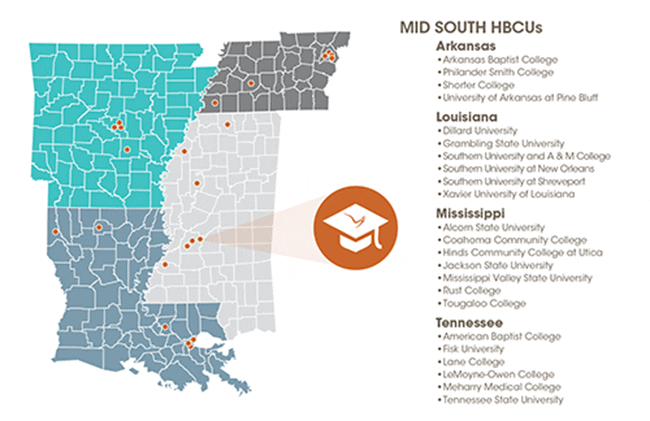During three decades of working to close the financial gaps that confront a disproportionate number of low-income, minority and rural residents, we’ve learned a few things about our market. In some ways, the people we serve are exactly like the customers of traditional banks: they want good service and convenience. They want access to affordable loans to buy homes, operate businesses and support their families.
In other ways, however, they are different. Many have never lived in a household with someone who has a bank account. The financial habits many bank customers acquire from family—such as balancing a checkbook, saving for future needs, and avoiding usurious debt traps—must yet be learned.
Most traditional banks are neither very interested in, nor very good at serving the needs of our customers.
As a community development financial institution we exist for these customers. We want them. We need them.
Since CDFIs lack the large marketing budgets of mainstream banks, we must be creative in finding customers. Our people are out there and in growing numbers as more and more bank branches close in less prosperous places.
And that’s why this CDFI is going to college. Specifically, we are going to the historically black colleges and universities, or HBCUs, to find our customers. Partnering with HBCUs is a sound strategy because they are:
● anchor institutions in the communities that we serve;
● major employers in these areas;
● hubs for social networking; and
● influential and trusted advisors to our customer base.
In this back-to-school season, HOPE is partnering with several HBCUs across Arkansas, Louisiana, Mississippi and Tennessee. The particulars vary widely, but all share the common goal of improving economic conditions for the people and communities we both serve.
The range of partnerships includes:
● Operating a full service branch in downtown Pine Bluff, Ark., inside a business incubator operated by the University of Arkansas at Pine Bluff. All branch employees are UAPB graduates and most members have a connection to the college. The branch is part of a revitalization effort underway in the town of Pine Bluff. Boosting the economies of HBCU home communities helps the colleges thrive.
● Conducting back-to-college events at Jackson State University in Jackson, Miss., and Mississippi Valley State University in Itta Bena, Miss., for students, faculty and staff to offer a menu of financial tools, including checking and savings accounts, debit cards, credit cards with mobile and online banking support. These kinds of affordable services are important to students who are often bombarded with offers for high-fee cards. In this climate of shrinking budgets for public colleges, students must stretch their resources further to cover higher tuitions and fees. Similarly, affordable mortgage loans for HBCU employees are vital to stabilizing the neighborhoods and economies that surround these institutions.
● Working with education experts at Tougaloo College in Tougaloo, Miss., to develop strategies for improving outcomes in K-12 education, with particular attention to boys and young men of color. Our Hope Policy Institute advocates on the federal, state, and local levels to promote policies that will ensure that our customers have opportunities to move into the economic mainstream and enjoy the benefits of prosperity.
From New Orleans to Memphis, and Little Rock to the Mississippi Coast, HOPE has partnered with HBCUs on affordable housing, fresh food retail, and commercial revitalization projects. Through such collaboration, we leverage each other’s respective capacities–a strategy that is vital to the success of all nonprofit organization. By working together, not only do both institutions benefit, but more importantly, we foster prosperity for the people and places that we both exist to serve.
(Photo credit: Courtesy of HOPE Enterprise Corporation)







Comments